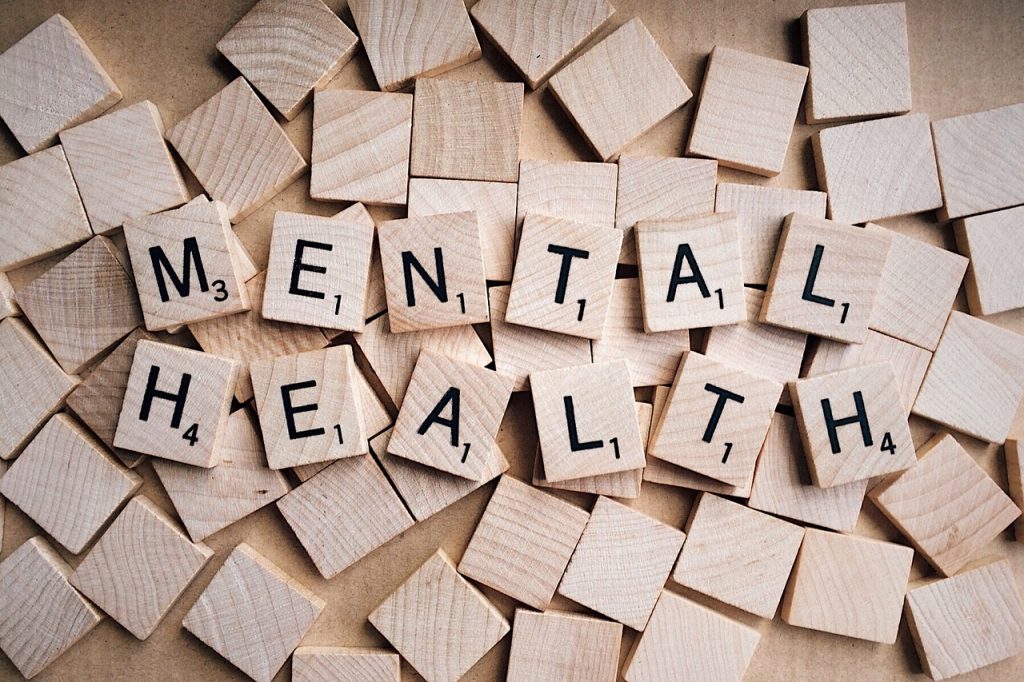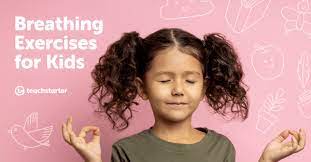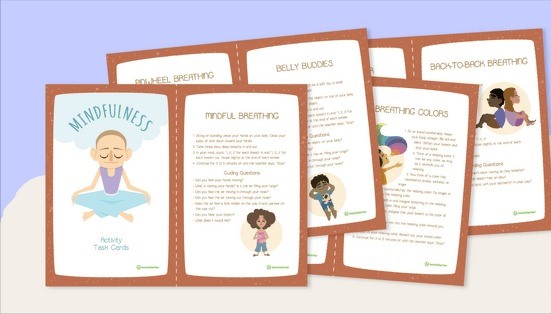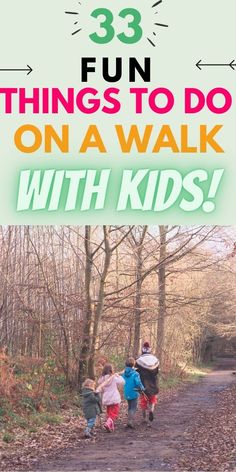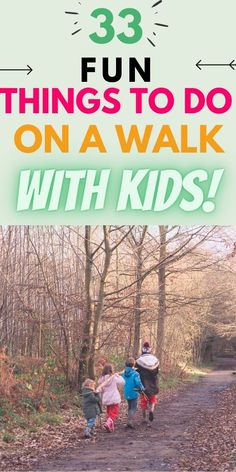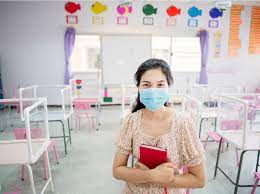The mental health crisis in the U.S. is reaching alarming levels, with millions of people grappling to get the care they desperately need. Statista paints a stark picture: in 2022, about 36% of young adults aged 18 to 25 were dealing with some form of mental illness. Similarly, 29% of those aged 26 to 49 faced similar challenges.
The sheer number of individuals seeking help is putting a huge strain on our healthcare professionals. They are finding themselves on the front lines of this pressing issue.
But there’s a silver lining. Many of these professionals are taking proactive steps to enhance their skills and knowledge, all in the name of better patient care. Upskilling and ongoing education are proving to be vital tools in the fight against this nationwide issue.
The Growing Need for Mental Health Expertise
Mental health has become a top priority for healthcare systems across the country. The pandemic exacerbated existing issues, leading to increased rates of anxiety, depression, and other mental health disorders. As a result, the demand for mental health services has skyrocketed. However, there’s a significant shortage of professionals with the necessary expertise to address these needs.
According to the Bureau of Health Workforce, over half of the U.S. population, about 169 million people resides in areas with a shortage of mental health professionals. Rural counties are particularly hard hit, facing even greater gaps in access to behavioral health providers compared to their urban counterparts.
This is where upskilling comes into play. Healthcare professionals, including nurses, social workers, and primary care providers, are increasingly seeking advanced education to serve their patients better. By expanding their knowledge and acquiring specialized skills, they’re able to provide more comprehensive and effective care.
Upskilling as a Pathway to Professional Growth
For many in the healthcare field, upskilling is not just about meeting immediate demands; it’s also a pathway to professional growth. Continuous learning allows professionals to stay current with the latest research, treatment methods, and technologies in mental health care. This enhances their ability to help patients as well as opens doors to new career opportunities.
The Bureau of Labor Statistics adds to the optimism with its projection that employment in mental health-related fields will grow faster than average. Specifically, from 2022 to 2032, this growth is expected to exceed the 3% average for all occupations.
Consider a registered nurse who has spent years working in a general hospital setting. By pursuing further education, such as a post-master’s mental health program known as the PMHNP program, they can specialize in mental health care.
This program equips nurses with advanced knowledge and skills to diagnose and treat mental health conditions, prescribe medications, and develop comprehensive treatment plans.
Notably, Rockhurst University reports that many of these programs now offer online options, allowing nurses to enhance their expertise without interrupting their current jobs. This transition helps fill a critical gap in the healthcare system and also provides the nurse with a more fulfilling and focused career path.
The PMHNP program is one example of how targeted education can empower healthcare professionals. It helps them take on specialized roles and address the mental health crisis more effectively.
The Role of Healthcare Institutions in Supporting Upskilling
Healthcare institutions play a crucial role in facilitating the upskilling of their workforce. Many hospitals and clinics are now offering tuition reimbursement programs, scholarships, and flexible scheduling to encourage their staff to pursue further education. These initiatives not only benefit the individual professionals but also contribute to the overall quality of care provided by the institution.
Moreover, institutions are increasingly recognizing the value of interdisciplinary collaboration. By encouraging their staff to upskill in mental health care, they’re fostering a more integrated approach to patient care.
For instance, primary care providers trained in basic mental health assessments can collaborate more effectively with specialized mental health professionals. This ensures that patients receive timely and appropriate care.
Upskilling Beyond Clinical Roles
While clinical roles are at the forefront of the mental health crisis, upskilling is also essential for non-clinical professionals within the healthcare system. Administrative staff, case managers, and even IT professionals can benefit from a deeper understanding of mental health issues. By broadening their knowledge, these professionals can contribute to a more holistic approach to patient care.
For example, AI-powered solutions, as noted by Forbes, can significantly enhance mental health diagnostics by analyzing brain scans. This technology aids in the early detection and treatment of pervasive disorders, such as depression and anxiety. These conditions currently affect 5% and 4% of the global population, respectively.
Non-clinical professionals, especially in IT roles, can use this technology to integrate advanced diagnostic tools into healthcare systems, enhancing mental health care.
Looking Ahead: The Future of Upskilling in Healthcare
As the mental health crisis continues to evolve, so too will the need for ongoing education and upskilling in the healthcare sector. The landscape of mental health care is rapidly changing, with new treatments, technologies, and approaches emerging all the time. To keep pace with these changes, healthcare professionals must remain committed to lifelong learning.
FAQs
Why are mental health problems a major concern for global health?
Mental health problems are a major concern because they contribute significantly to the overall disease burden. Untreated mental health issues, such as depression and anxiety, can lead to severe consequences. These include impaired functioning, lower quality of life, and increased risk of physical health problems.
How are mental health problems projected to impact global health by 2030?
The Mental Health Foundation projects that by 2030, mental health problems, especially depression, will become the leading cause of mortality and morbidity globally. This projection highlights the urgent need for effective interventions and support systems to address the growing mental health crisis.
What are the main factors contributing to the global burden of mental health problems?
Key factors contributing to the global burden include limited access to mental health care, stigma, and a shortage of professionals. Additionally, socio-economic factors, such as poverty and unemployment, can exacerbate mental health problems. Furthermore, the lack of mental health education and awareness can hinder effective intervention and support.
Ultimately, the goal of upskilling is to improve patient outcomes. As healthcare professionals gain new skills and knowledge, they’re better equipped to provide high-quality, patient-centered care. This is especially important in mental health, where treatment often requires a nuanced and individualized approach.
Moreover, upskilled professionals are often more confident in their abilities, leading to greater job satisfaction and reduced burnout. This, in turn, creates a more stable and experienced workforce, which is essential for addressing the long-term challenges of the mental health crisis.
